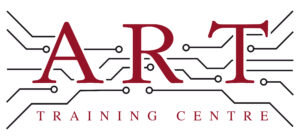Hand Soldering and Rework Best Practices
Dive into the best practices of hand soldering with our Master IPC trainer Debbie McCade, who speaks with Mike Konrad from the Reliability Matters podcast.
In the world of PCB design and electronics manufacturing, hand soldering and rework are critical skills that can significantly influence the quality, reliability, and functionality of the final product. Whether you’re a novice technician or an experienced engineer, adhering to industry best practices is essential for achieving optimal results. This post will explore key strategies and techniques for hand soldering and rework, drawing upon the standards and methodologies outlined in IPC courses.
1. Understanding the Basics
Before diving into the specifics of soldering and rework, it’s crucial to have a firm grasp of the basics. This includes understanding the properties of different solder alloys, the importance of flux, and the right soldering iron tip selection for the job at hand.
2. Preparation is Key
Proper preparation cannot be overstated. Ensure that the PCB and components are clean and free from contaminants before beginning. Use isopropyl alcohol or a suitable cleaning agent for the PCB surface. Moreover, having the right tools on hand, including a quality soldering iron, precision tweezers, and a good magnifying glass or microscope, is imperative.
3. Temperature Control
One of the most critical factors in successful hand soldering is temperature control. Using a soldering iron with adjustable temperature settings is advisable, allowing for the adjustment based on the solder alloy and components being worked on. Overheating can damage components and the PCB, while insufficient heat can lead to weak solder joints.
4. Soldering Technique
A good soldering technique is paramount. This includes the ability to accurately place the soldering iron tip to heat both the pad and the component lead simultaneously. Apply the solder directly to the joint, not the iron tip, and ensure a shiny, smooth finish indicative of a good solder joint. IPC J-STD-001 offers detailed guidance on soldering techniques and criteria for high-quality solder joints.
5. Rework and Repair
Rework and repair are inevitable in PCB manufacturing. The key to effective rework is minimal impact on the surrounding components and PCB material. Use a desoldering braid or a vacuum desoldering tool to remove old solder, and carefully apply heat to avoid lifting pads or damaging traces. The IPC 7711/7721 Rework, Modification and Repair of Electronic Assemblies course provides comprehensive insights into best practices for rework and repair.
6. Inspection and Quality Control
Finally, thorough inspection and quality control are crucial for ensuring that solder joints meet industry standards. This includes visual inspections and, where necessary, the use of X-ray inspection to identify any hidden defects such as cold joints or solder bridges. The IPC-A-610 Acceptability of Electronic Assemblies is the definitive guide to PCB assembly quality standards, offering valuable criteria for evaluating solder joint quality.
7. Use of Proper Lighting and Inspection Tools
Optimal lighting and appropriate inspection tools are vital for precision tasks in soldering and rework. Good lighting aids in the meticulous examination of solder joints and component placements, while magnification tools, such as loupes or microscopes, are essential for detecting subtle defects.
8. Maintaining a Clean Workspace
A clean and organised workspace is imperative for preventing contamination and ensuring safety during soldering and rework processes. Regular cleaning and proper organisation of tools can significantly reduce the risk of errors and accidents.
9. Component Handling and ESD Precautions
Proper handling of components to prevent physical damage and adherence to ESD precautions to protect against electrostatic discharge are critical. Using ESD-safe workstations and wearing appropriate ESD protection gear, such as wrist straps and mats, safeguard sensitive electronic components.
10. Soldering Iron Care and Maintenance
Maintaining your soldering iron, including regular cleaning and tinning of the tip, is essential for optimal performance. Proper care prolongs the life of the iron and ensures consistent, high-quality solder joints.
11. Flux Application Techniques
Effective flux application is crucial for promoting good solder flow and preventing oxidation. However, it’s important to apply flux judiciously to avoid creating residues that could lead to reliability issues.
12. Lead-Free vs. Leaded Soldering Considerations
Understanding the differences between lead-free and leaded soldering practices, especially regarding temperature settings and the appearance of solder joints, is vital. Lead-free soldering requires higher temperatures and different handling techniques to achieve reliable joints.
13. Use of Solder Paste for Rework
Solder paste can be especially useful in rework scenarios for applying precise amounts of solder to surface mount components. Knowing when and how to use solder paste effectively is key to successful rework.
14. Avoiding Heat Damage
Strategies to protect components and PCB areas from heat damage during soldering and rework are crucial. Techniques such as using heat shields or thermal tape, and limiting exposure time, can prevent component damage and board delamination.
16. Post-Rework Cleaning
After rework, cleaning the PCB to remove flux residues and other contaminants is essential for ensuring long-term reliability and performance. Using appropriate cleaning agents and techniques is necessary to avoid damage to the PCB and components.
17. Continuous Learning and Certification
Engaging in continuous learning and obtaining certification through IPC courses can keep skills up-to-date with the latest standards and technologies in soldering and rework. Ongoing education is crucial for maintaining high-quality workmanship in the rapidly evolving electronics industry.
18. Investing in Proper Equipment
Investing in high-quality soldering and rework equipment is fundamental to achieving professional results. Quality soldering stations, rework stations, and inspection equipment not only provide greater control and precision but also ensure reliability and safety during the soldering process. This includes selecting tools with adjustable temperature controls, fine-tip soldering irons for detailed work, and durable, ESD-safe workstations. Additionally, investing in equipment that meets industry standards, such as those outlined by IPC, can significantly enhance the efficiency and quality of your soldering and rework tasks, leading to better outcomes and higher productivity in the long term.
Conclusion
Mastering hand soldering and rework requires patience, practice, and a deep understanding of best practices and standards. By adhering to the guidelines and techniques outlined in IPC courses, technicians and engineers can ensure high-quality, reliable solder joints—key to the longevity and performance of electronic assemblies. Whether you’re just starting out or looking to refine your skills, the IPC training courses offer invaluable resources to guide you on your journey to soldering excellence.




